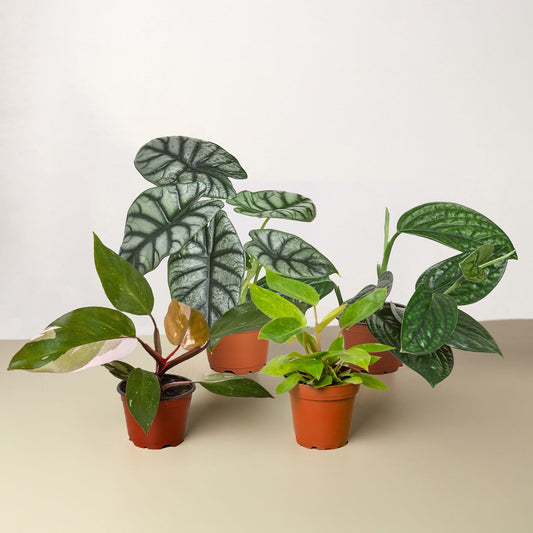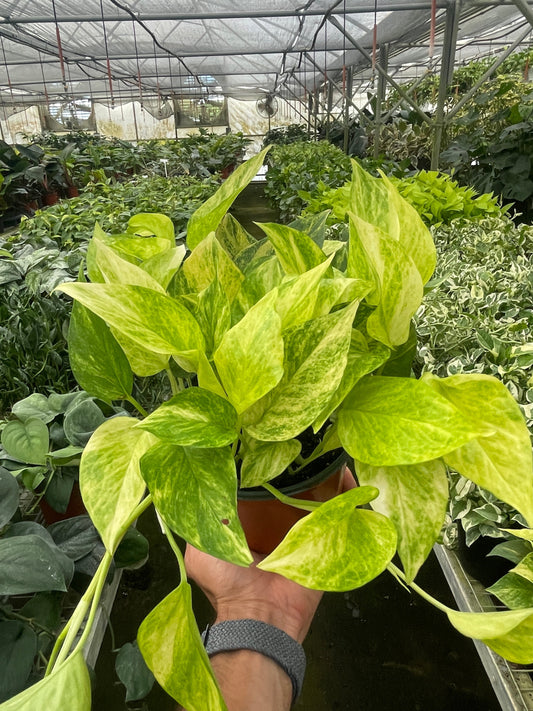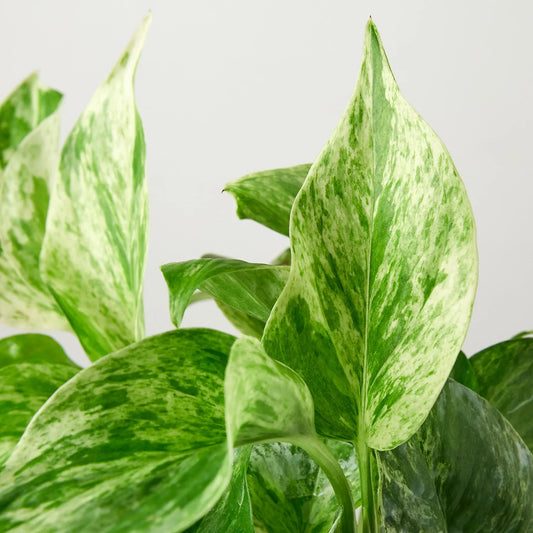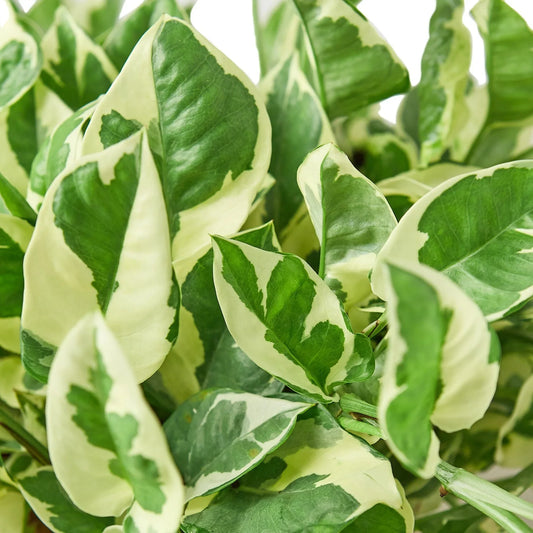Help! How Do I Revive My Dying Pygmy Date Palm?
Cafe Planta Team
If your pygmy date palm is looking a little under the weather, don't panic! You're not alone, and you're definitely not the first plant parent to face this challenge. These charming, feathery beauties can be a bit fussy, but with a little patience and care, you can help them bounce back to their former glory.
In this post, we’ll explore the common issues that might be causing your pygmy date palm to struggle and offer practical steps to revive it. We’ll cover everything from watering and light conditions to pest control and repotting. So, grab your gardening gloves, and let’s get started on nursing your palm back to health!
Identifying the Problem
Before you can revive your pygmy date palm, you need to figure out what’s going wrong. The first step is to observe your plant closely. Here are some common symptoms and what they might mean:
- Yellowing Leaves: This can be a sign of overwatering or nutrient deficiency.
- Browning Tips: Often indicates under-watering or low humidity.
- Drooping Leaves: Could mean your plant is getting too much or too little light.
- Spots on Leaves: Might be a sign of pest infestation or fungal issues.
Take a close look at your plant and see which symptoms match. This will guide you in making the right adjustments.
Watering Wisely
Watering can be a tricky balance to strike with pygmy date palms. Too much, and you risk root rot; too little, and your plant dries out. Here’s how to hit that sweet spot:
- Check the Soil: Stick your finger about an inch into the soil. If it feels dry, it’s time to water.
- Water Thoroughly: When you do water, make sure you do it thoroughly. The water should flow through the drainage holes at the bottom of the pot.
- Drainage is Key: Ensure your pot has good drainage. Soggy soil is a recipe for disaster.
Remember, these plants prefer to dry out a little between waterings, so resist the urge to water them too frequently.
Perfecting Light Conditions
Light is another crucial factor for the health of your pygmy date palm. These palms love bright, indirect light. Here are some tips to get it just right:
- Location Matters: Place your palm near a window with filtered light. East or west-facing windows are often ideal.
- Avoid Direct Sunlight: Direct sun can scorch the leaves, so use sheer curtains if necessary.
- Rotate Your Plant: Give your palm a quarter turn every few weeks to ensure even light exposure.
If your plant is in a dim corner, consider moving it to a brighter spot to encourage healthy growth.
Feeding and Nutrients
Just like us, plants need their vitamins and minerals. A nutrient deficiency can lead to yellowing leaves and stunted growth. Here’s how to keep your pygmy date palm well-fed:
- Use a Balanced Fertilizer: Look for a fertilizer with equal parts nitrogen, phosphorus, and potassium.
- Feed During Growing Season: Apply fertilizer every month during spring and summer when the plant is actively growing.
- Avoid Over-fertilizing: Too much fertilizer can burn the roots. Follow the package instructions carefully.
If you notice yellowing leaves, a little fertilizer boost might be just what your plant needs.
Temperature and Humidity
Pygmy date palms hail from warm, humid climates, so you’ll need to recreate these conditions at home. Here’s how:
- Maintain Warm Temperatures: Keep your plant in a room that stays between 65 and 75 degrees Fahrenheit.
- Increase Humidity: If your home is dry, especially in winter, use a humidifier or mist your plant regularly.
- Avoid Drafts: Keep your palm away from air vents and drafts, which can stress the plant.
Creating a cozy environment can make a big difference in your palm’s health.
Repotting Your Palm
If your pygmy date palm is root-bound or the soil is compacted, it might be time for a new pot. Here’s how to repot your plant:
- Choose the Right Pot: Pick a pot that’s one size larger with good drainage.
- Use Fresh Soil: Opt for a well-draining potting mix, ideally one formulated for palms.
- Gently Remove the Plant: Carefully ease the plant out of its pot and gently loosen the roots.
- Replant and Water: Place your palm in the new pot, fill with soil, and water thoroughly.
Repotting can give your plant the space it needs to grow and thrive.
Dealing with Pests
Pests can be a real nuisance for your pygmy date palm. Common culprits include spider mites, scale, and mealybugs. Here’s how to tackle them:
- Inspect Regularly: Check your plant for signs of pests, like webbing or small insects.
- Use Insecticidal Soap: An insecticidal soap or neem oil can help control infestations.
- Isolate the Plant: If you spot pests, keep the plant away from others to prevent spreading.
Regular monitoring can help catch pest problems early before they become a bigger issue.
Fungal and Bacterial Issues
Fungal and bacterial infections can also affect your pygmy date palm. Here’s how to treat and prevent them:
- Remove Affected Leaves: Trim away any leaves showing signs of infection.
- Improve Airflow: Ensure good air circulation around your plant to prevent moisture buildup.
- Avoid Overwatering: Fungi thrive in wet conditions, so keep your watering in check.
- Use a Fungicide: A fungicide can help manage serious infections.
Keeping your plant clean and dry can go a long way in preventing fungal and bacterial problems.
Patience and Monitoring
Reviving a dying plant takes time and patience. Here’s how to keep track of your progress:
- Keep a Journal: Note any changes you make and observe how your plant responds.
- Be Patient: Changes won't happen overnight. Give your plant time to adjust.
- Celebrate Small Wins: Even small signs of improvement are worth celebrating!
Consistency is key. With regular care and attention, your pygmy date palm can make a comeback.
Final Thoughts
Reviving your pygmy date palm may require a bit of detective work and some tender loving care, but it’s well worth the effort. By understanding the specific needs of your plant and making adjustments accordingly, you can bring your palm back to health.
At Cafe Planta, we're passionate about helping you succeed in your plant care journey. Whether you have questions about plant care or need more supplies, feel free to email us or reach out on Instagram. We believe in the joy of plants bringing people together, and we're here to support your plant-filled home adventures!



















